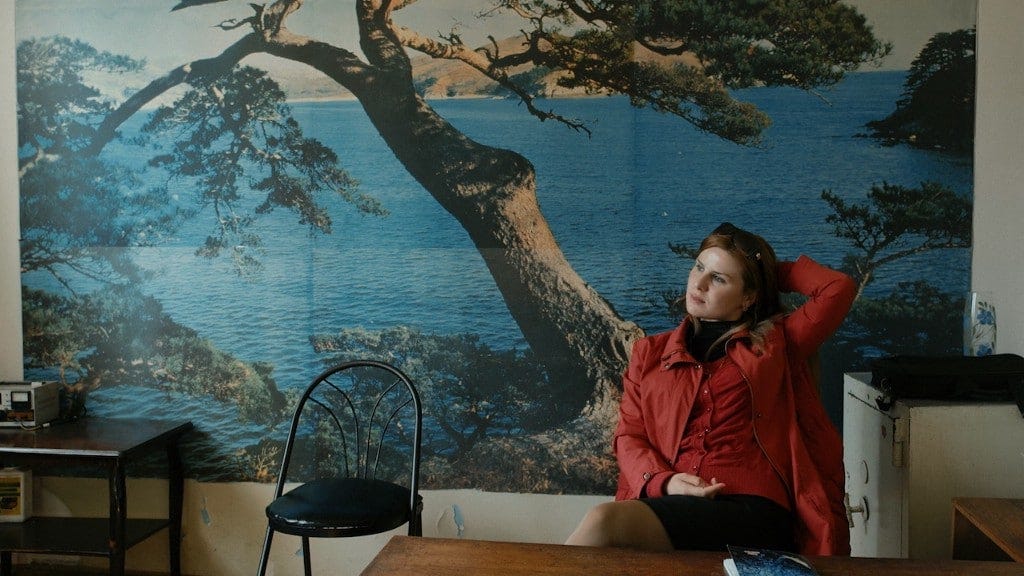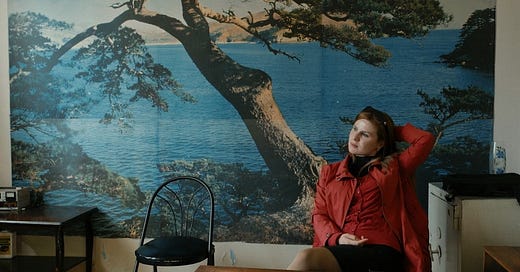Notes from Art of the Real: What Critics Can Learn from Great Programming
Let’s leave the issue film and its accompanying straw men behind. A new Cinematic Nonfiction is already here and it has brought some giant owls.

Documentary critics have a tendency to describe good films in terms of what they aren’t. “No talking heads” is a perennial compliment, along with less than friendly comparisons to Al Gore and his notorious Power…
Keep reading with a 7-day free trial
Subscribe to Nonfics to keep reading this post and get 7 days of free access to the full post archives.



